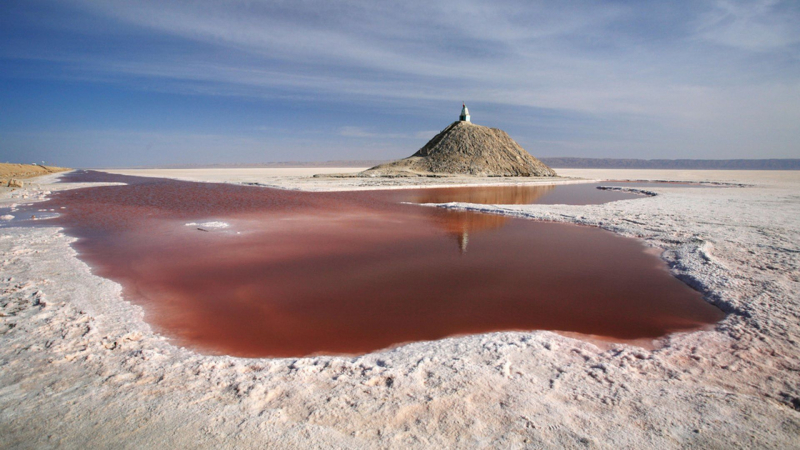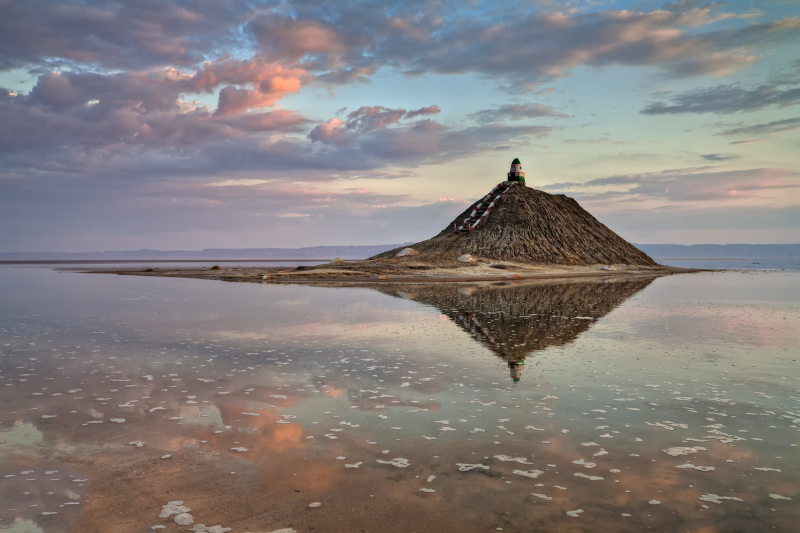Salt Lake

The Chott Djerid salt lake is situated at the transition between the Saharan platform and the Tunisian mountain ranges in a synclinal hollow. With an area of over 5,000 km2, Chott El Jerid (the salt lake) is Tunisia's largest saline plain. It is the Maghreb's largest sebkha. Currently, it is between 15 and 20 meters above sea level. Explore the largest salt lake in Africa, which is surrounded by the Saharan Atlas mountain range, and behold the spectacular salt plain that stretches as far as the eye can see. Enjoy this visual phenomenon that identifies the salt depression as you gaze over this salty landscape with its mirages above the horizon.
It's impossible to avoid stopping as you pass the main road, which connects the southern rim to the point north-west, to take in the little lakes and salt deposits that are a rainbow of colors even on the driest summer days. Unexpectedly, the hue of the saline water changes from light green to soft pink to vivid orange. You will arrive at a site with numerous date palm oases at the lake's end. Chott el Djerid lies close to Douz, which is known as the "portal to the Sahara." The salt lake has served as a backdrop for numerous films due to its stunning natural beauty.
There is an almost uncanny silence in the Chott region; barely a blade of grass grows on the saline plain, and not a bird soars over the mostly dry lake. Although industrial salt mining is done on the Chott-El-Djerid today, the locals who live near the salt lakes have always gotten their salt needs met there. On the periphery of nature is a peculiarity. Gypsum that has been dissolved forms oddly shaped, up to one meter tall sand roses when it crystallizes. Selling boosts people's income a little. On the white, sparkling surface of the Chott, one can frequently see deceiving Fata Morganas that resemble neighboring palm oasis ringed by glistening lakes.
Location: Sahara desert





